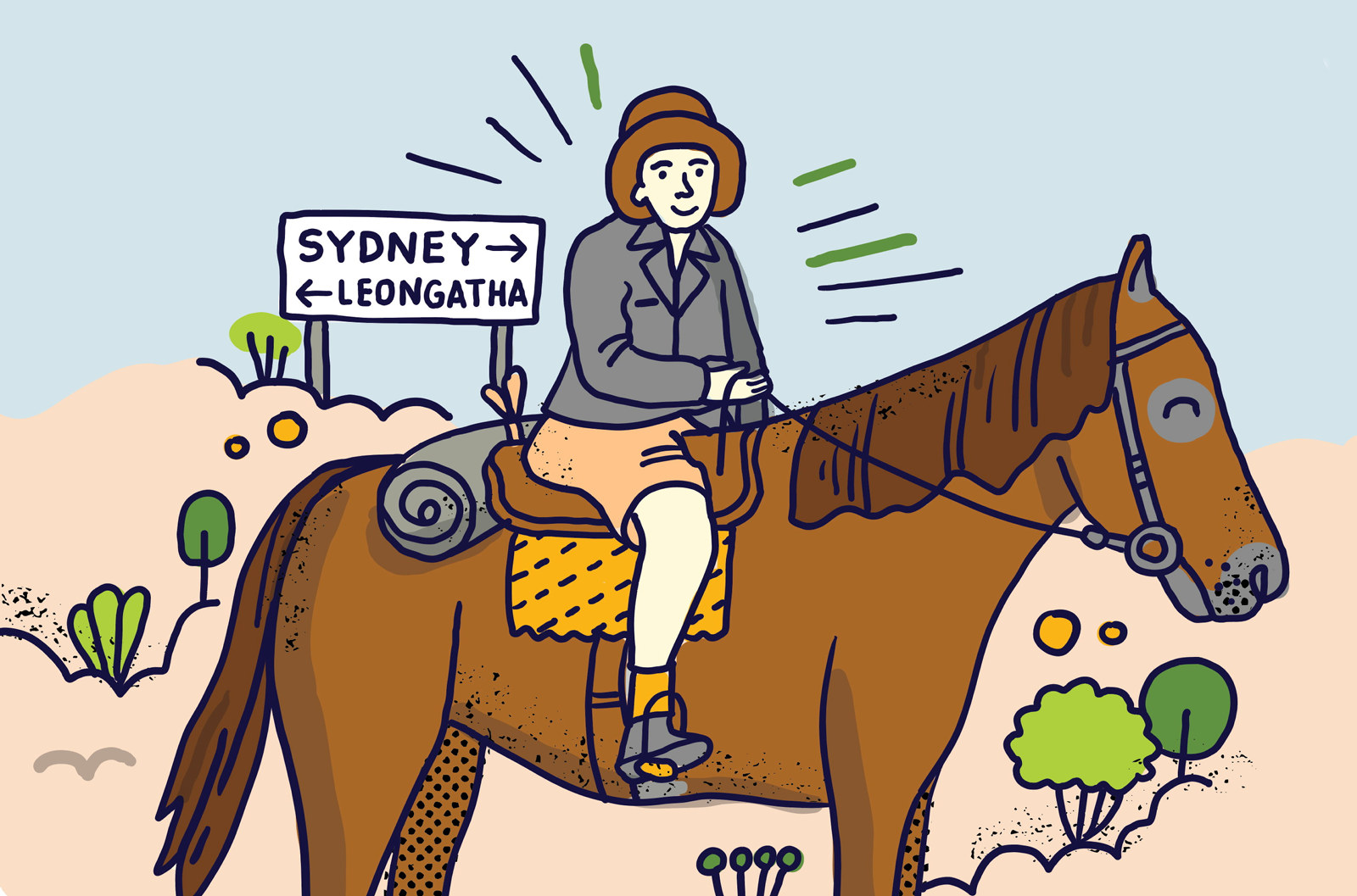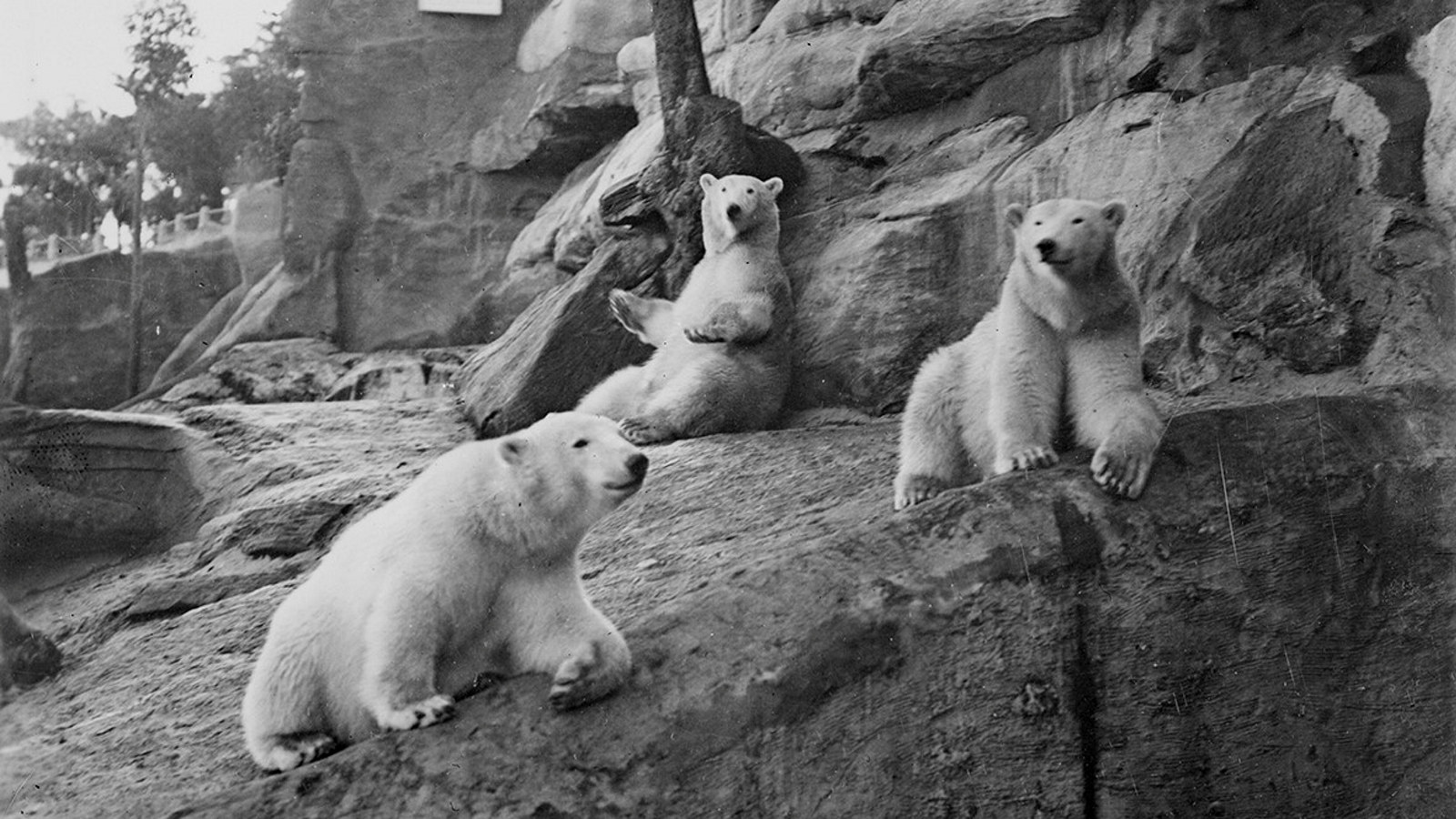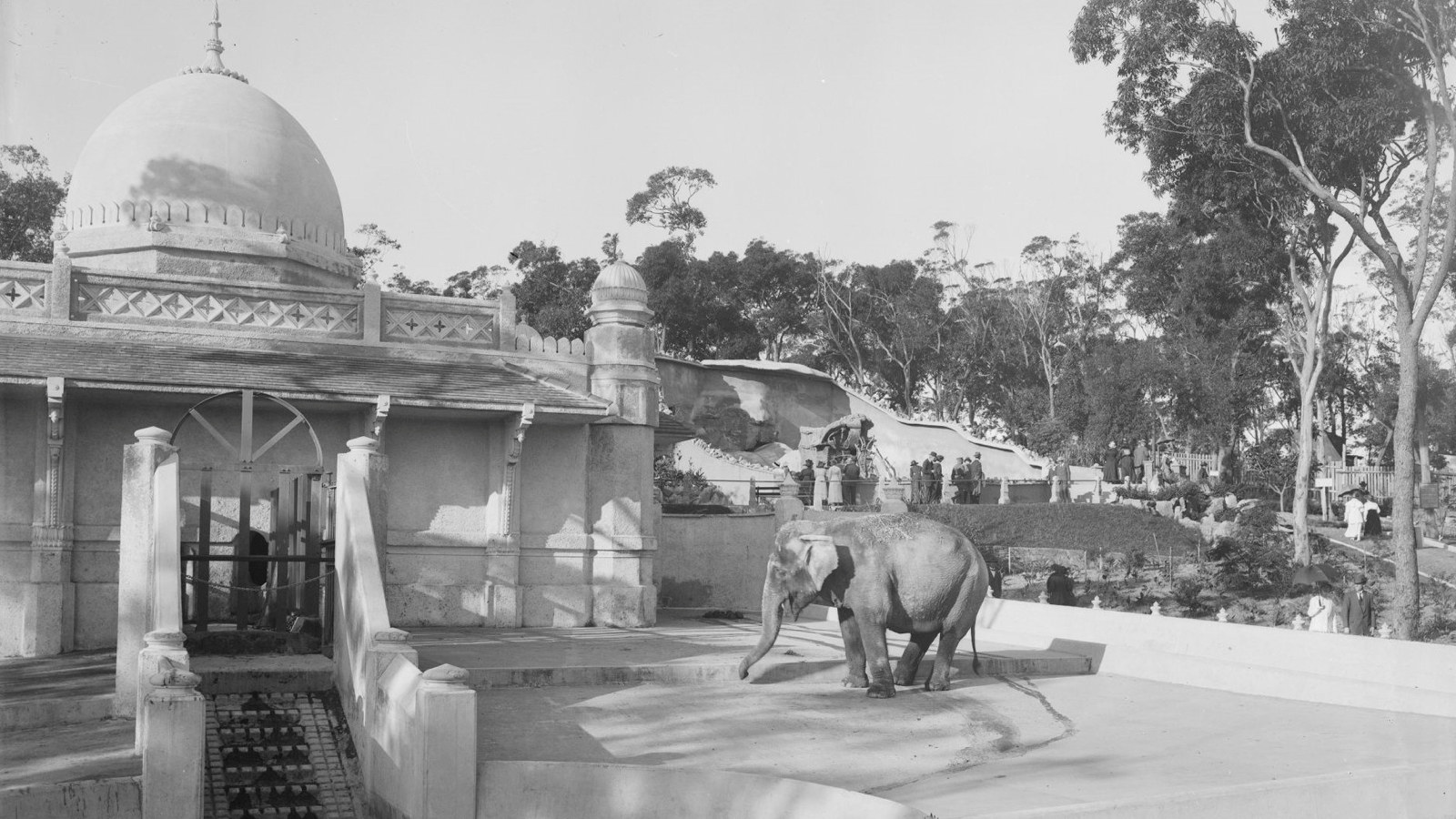About How to Move a Zoo
Join the stampede to the Museum of Sydney to discover how hundreds of animals journeyed across the city to their new home at Taronga Zoological Park in 1916.
How to Move a Zoo was an interactive exhibition at the Museum of Sydney that creatively reimagined the scenes when animals big and small were moved from the cramped, barred enclosures of the old zoo at Moore Park in Sydney’s east to the largely natural and spacious surrounds of Taronga, picturesquely located on the northern shores of Sydney Harbour.
The remarkable undertaking included many memorable moments – from a tiny sugar glider who made the journey in a zookeeper’s pocket, to Jessie the elephant slowly making her way on foot, public fears of lions on the loose, and some cheeky monkeys who did try to escape from their new home. These events and more inform a playful and inventive retelling of this little-known Sydney story that will appeal to visitors of all ages.
Animals in the archives
The exhibition was inspired by a series of around 100 glass-plate negatives held in the NSW State Archives’ Government Printing Office collection, documenting the animals in their old home at Moore Park and in their new enclosures at Taronga. Government records also held in the archives provide insights into the complex process of conceptualising, planning and ultimately building the new zoo. Correspondence, minute books and sketch plans of the animal enclosures all help to build a picture of this unique moment in time. Newspaper stories evocatively describing the event provided a compelling starting point for an imaginative re-creation of the journey.
Discovery and wonder
How to Move a Zoo took visitors on an exciting and interactive journey of discovery and wonder, created by the MHNSW team in collaboration with talented local and international artists and creative agencies. A team from Sydneybased creative experience design studio Grumpy Sailor, led by Tom Siddall and Jake Mu, worked with us to distil the incredible story to key compelling moments, told through interactive digital experiences.
Newspaper articles from the time had already anthropomorphised many of the zoo’s animals; for the exhibition, their distinct personalities have been drawn out through sensitive illustrations by Ollie Davis, a children’s illustrator and mixed-media digital collage artist, and clever animations by Sydney-based motion graphics designer Jonty de Klerk. The animals guided visitors from the moment they arrived at the museum, through the entry doors and connected the story as it unfolded across the museum spaces.
In the immersive digital experience you saw patient Jessie lumbering, Dizzy the hippopotamus roaring, and glimpsed a cantankerous bear gesturing in frustration. To further bring the dynamic scene to life, We Love Jam Studios developed a rich soundscape that reproduced the sounds of the zoo in delightful and surprising ways. In the museum’s entry cube was a whimsical kinetic bird sculpture by paper artists Samantha Gazal and Hester Clark. The fluttering silhouettes represented the 552 birds that were relocated to Taronga, and are accompanied by the sounds of the aviary (but minus the smell and the mess!).
An incredible journey
Visitors could join the animal parade by creating their own animal mask, snapping a selfie and adding it to the digital menagerie. There were also opportunities to quietly contemplate the reality of the animals’ lives in their dreary cages at Moore Park, and the significant contrast that Taronga afforded, brought to life through historical footage and images.
Marvel at a selection of life-size animal sculptures. Part of Jessie’s journey, along Macquarie Street to Bennelong Point in the heart of Sydney, has also been rendered in miniature by model makers Yippee Ki-Yay. The story of How to Move a Zoo, Jessie’s journey and the creation of the model featured in a documentary series, Tiny Oz, by production company Northern Pictures, due to air on ABC TV in early 2022.
The visitor journey extended beyond the Museum of Sydney. In acknowledgment of the Zoological Society’s consideration of both Vaucluse estate and Harris Park in Parramatta as alternative locations for the new zoo, school holiday workshops were held at Vaucluse House in January and Elizabeth Farm in April. A display at NSW Parliament House in February 2022 showcased the captivating 100-year-old images that inspired the exhibition, and a series of talks, programs and tours delivered in partnership with Taronga Zoo extended the experience across the harbour.
Published on
Related

Lennie Gwyther
Lennie ‘the Legend’ Gwyther spent his childhood running around the foothills of Leongatha in country Victoria with his four younger siblings and his prize-winning pony, Ginger Mick

Zoo Stories
Discover the incredible true story behind the Museum of Sydney's exhibition How to Move a Zoo

The story of how to move a zoo
In the early hours of Sunday, 24 September 1916, an elephant named Jessie walked out through the gates of the Zoological Gardens at Moore Park in Sydney’s eastern suburbs and began an extraordinary journey through the city

Jessie the elephant
More than any other zoo animal, Jessie the elephant captured the hearts of Sydneysiders, delighting visitors at Moore Park Zoo and then Taronga for more than 50 years